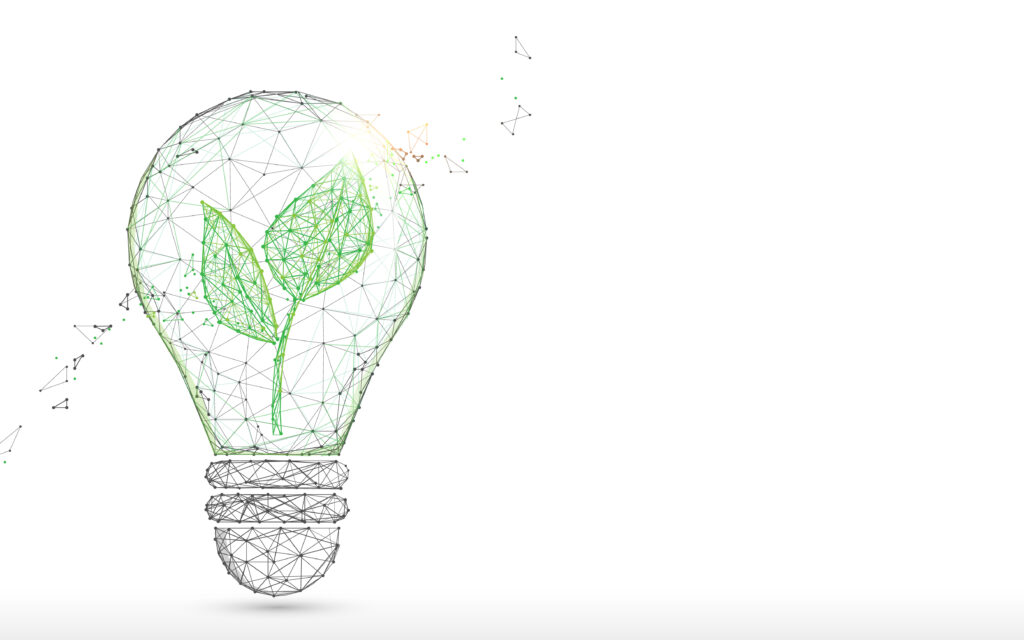
Smart cities of the future will be based on energy sustainability and interconnection; in this setting, the new smart and connected energy devices shall be completely integrated in the buildings and capable of complying with strict regulations, with minimum energy impact. In this context, the first “hybrid” smart window was developed, capable of generating electrical energy from solar energy and receiving wireless data through visible light (Visible Light Communication, VLC).
The results of this cutting-edge project conducted by the University of Milan-Bicocca and the National Institute of Optics of the National Research Council (INO-CNR), in collaboration with Glass to Power SpA and LENS Laboratory, have been recently published in the Advanced Energy Materials journal and represent an important step towards the implementation of the Internet of Things (IoT) and the sustainable and green use of optical technologies in smart cities.
The “hybrid” window has a dual function, not only as a photovoltaic element for converting solar into electrical energy but also as an effective receiving system for wireless data through the light emitted by common LED sources, at frequencies imperceptible to the human eye. All this also opens up the possibility of creating self-powered smart devices, which can exchange data in a pervasive and sustainable way without substantial impact on energy or human health.
“The device was developed using new luminescent solar concentrators with quantum dots, it meets all international regulations on photovoltaic and building elements, and, from the point of view of solar conversion energy yield, it was designed according to the highest international standards,” explained Sergio Brovelli, Professor at University of Milan-Bicocca and Chairman of the Board of Directors of Glass to Power SpA.
“The “hybrid” window has a dual function: it is not only used as a photovoltaic element for converting solar into electrical energy but also, for the first time, as an effective receiving system for wireless data encoded as intensity modulation in the light emitted by common LED sources, at frequencies imperceptible to the human eye, exploiting Visible Light Communication (VLC) technology,” added Jacopo Catani, CNR-INO first researcher.

